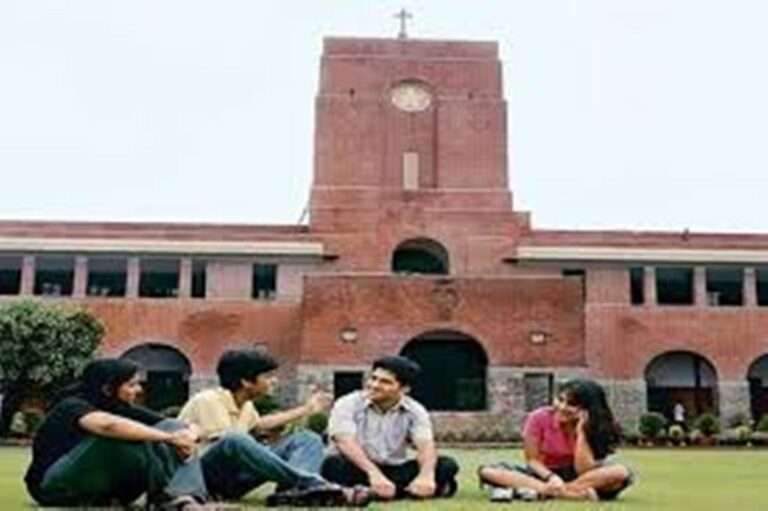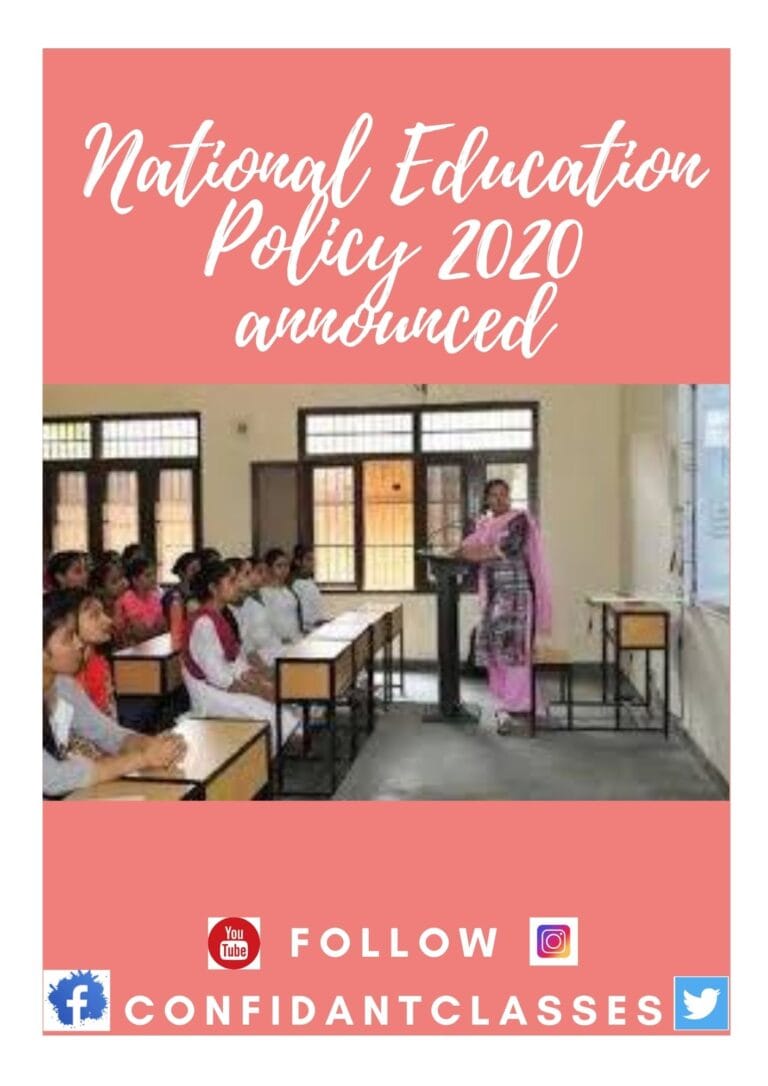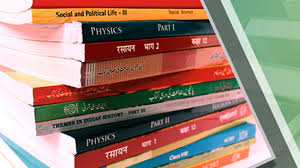Recent Blog
The Madhya Pradesh government will follow two other BJP-led states, Uttar Pradesh and Himachal Pradesh...
In PK Ghosh v JG Rajput (1995), the Supreme Court stated; “The credibility of the...
With the Office of Narcotics Control charging Rhea Chakraborty in connection with the messages found...
The monsoon session of Parliament came to an abrupt end on September 23 after the...
Kesavananda Bharathi, whose legal struggle led to the landmark ruling outlining basic rights under the...
Madhya Pradesh High Court has published a recruitment notification for the post of Civil Judge...
The University of Delhi (DU) this year saw a jump of nearly a lakh in...
The Supreme Court extended the right of Hindu women to be legal co-heirs and to...
The Union Cabinet on Wednesday approved India’s new National Education Policy for 2020, which includes...
Less than a year after the removal of Section 370, the event was included in...
AFCAT is an entrance test for candidates who wish to join the Indian Air Force...
CDS 2 exam will be held on November 8, 2020, CDS or Combined Defence Services...
Union HRD Minister DR Ramesh Pokhriyal released the NIRF Rankings 2020. The Education Minister along...
Only three educational institutes in India, the Indian Institute of Technology (IIT) Bombay, the Indian...
UPSC has stated that a joint exam for the NDA and NA (I) exam and...












